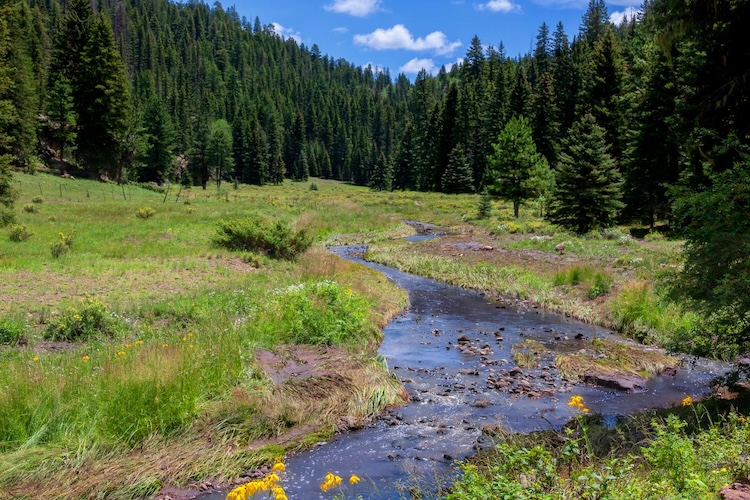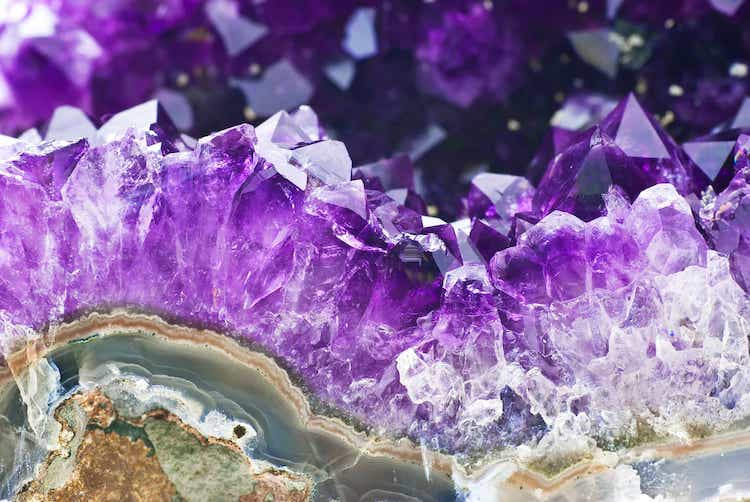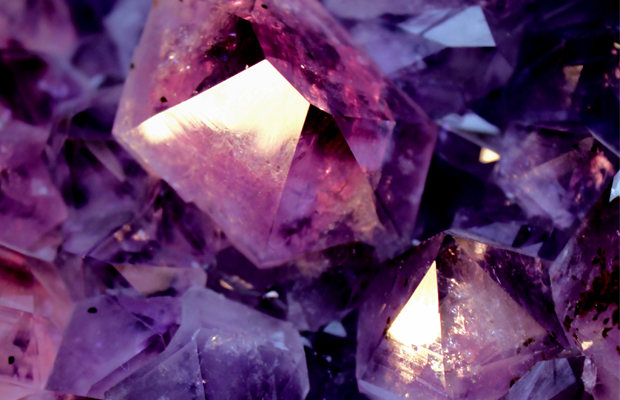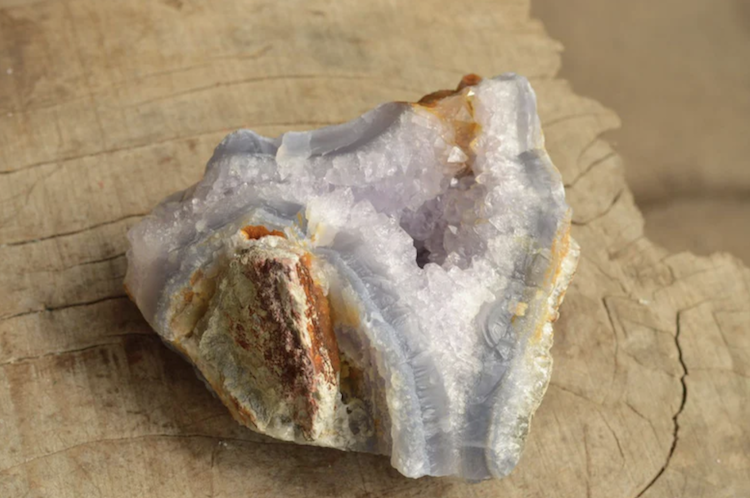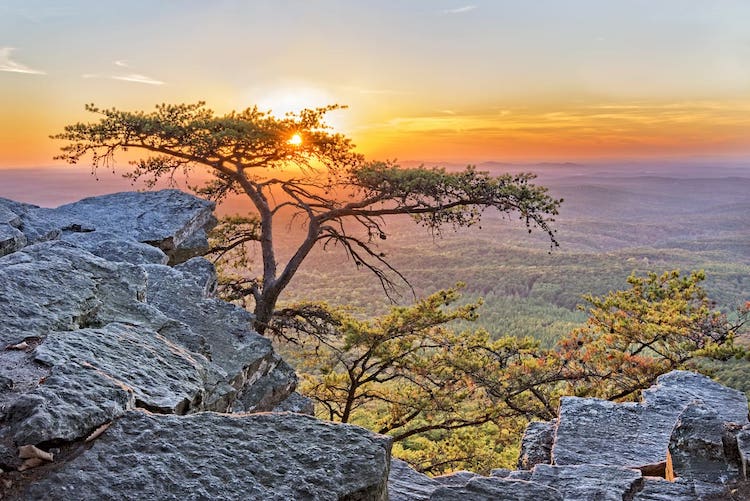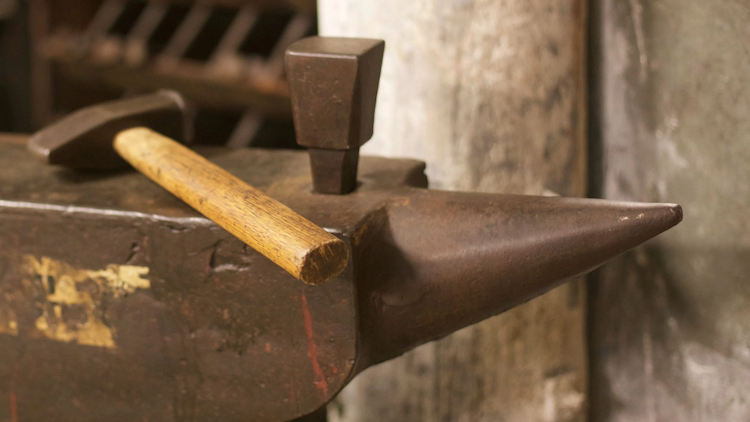Best Rockhounding Sites in Indiana
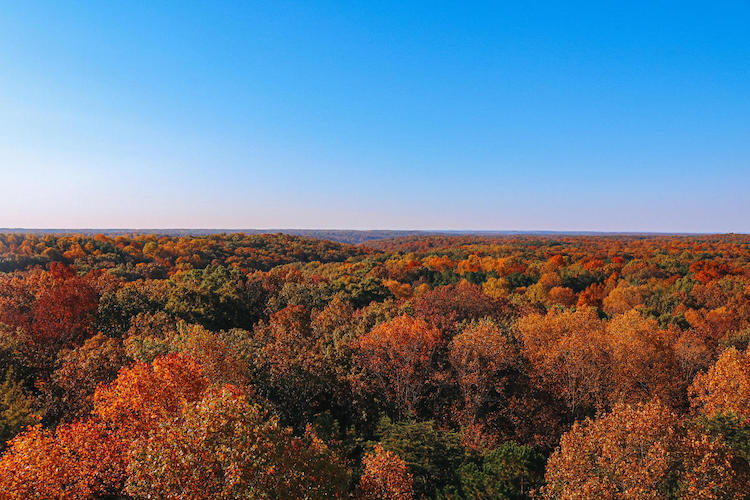
Indiana state has an abundance of rockhounding sites with stunning crystal formations and geology. Today, we will look at the best rockhounding Indiana sites and popular rocks found in the state.
Indiana may not be the first state that comes to mind when thinking about rockhounding, but hidden beneath its surface lies a wealth of geological wonders waiting to be discovered.
From the rolling hills of Brown County State Park to the meandering waters of the Maumee River, Indiana offers a diverse range of rockhounding opportunities.
The state boasts a wide range of options for rockhounders. Indiana has picturesque landscapes, riverbeds, and rock formations with hidden gems like gold, diamonds, geodes, and sapphires.
So, pack your tools, and get ready to unearth gems in Indiana at these popular rockhounding sites.
How We Picked the Top Places in Indiana for Rockhounding
In order to find the best spots in Indiana for rockhounding, we had to consider a lot of things. It can be tough to find the information we need to shortlist the best places. Here are a few things we took into consideration:
- Input from local gem hunting associations and groups.
- The safety of the mining location and the potential hazards.
- The accessibility of the mining spot.
- Private and public locations.
What Kind of Rocks Can You Find in Indiana
Due to the diversity of landscape in Indiana, you can find different kinds of rocks and minerals across the state. Here are some of the most common are rare rocks found in Indiana:
Rare Rocks Found in Indiana
- Gold (Greenhorn creek)
- Sapphire (Highland creek)
- Diamond (Brown county, Morgan county)
- Fluorite
- Moonstone
- Calcite
Common Rocks Found in Indiana
- Agate
- Quartz
- Geodes
- Pyrite
- Garnet
- Jasper
- Sphalerite
- Amethyst
- Topaz
- Dolomite
- Celestite
Our Favorite Spots for Rockhounding in Indiana
Let’s explore some of the best rockhounding spots in the state, each with its unique geological features and the potential for uncovering precious stones and minerals.
1. Brown County State Park
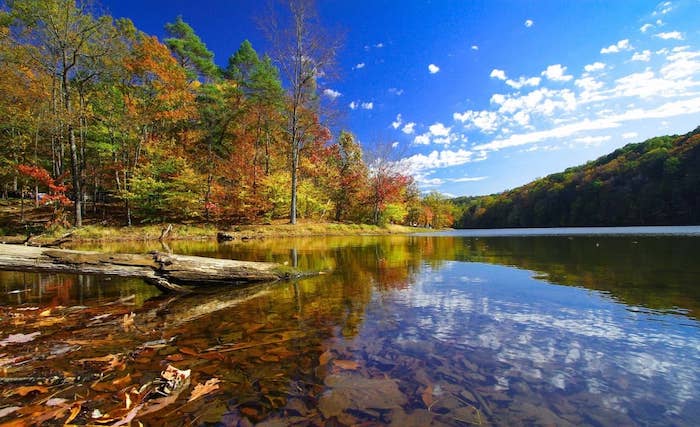
Nestled in the picturesque hills of southern Indiana, Brown County State Park is renowned for its stunning landscapes and diverse geological formations. The place is popular for its various minerals such as calcite, quartz, and fluorite.
The park’s diverse terrains, including wooded areas, creek beds, and exposed rock formations, provide ample opportunities for exploration. Many rockhounders have reported finding vibrant fluorite specimens in various colors.
2. Maumee River
The Maumee River, flowing through the western part of Indiana, is not only a scenic waterway but also a promising location for rockhounding.
The riverbanks and gravel bars along the Maumee River have yielded a variety of treasures, including agates, jasper, and fossilized corals.
Rockhounds exploring the riverbeds are often rewarded with colorful agates, known for their banded patterns and translucent qualities. Jasper, a form of chalcedony, is also prevalent in the area, with its earthy hues and unique patterns making it a sought-after find.
3. Highland Creek
Highland Creek, located in northern Indiana, offers rockhounding enthusiasts a chance to explore its gravel beds and uncover a variety of interesting rocks and minerals. This lesser-known spot is frequented by those seeking agates, jasper, diamond, and even small geodes.
The gravel beds along Highland Creek are known for their agate deposits, with colors ranging from translucent whites to vibrant reds and greens.
4. Yellowwood State Forest
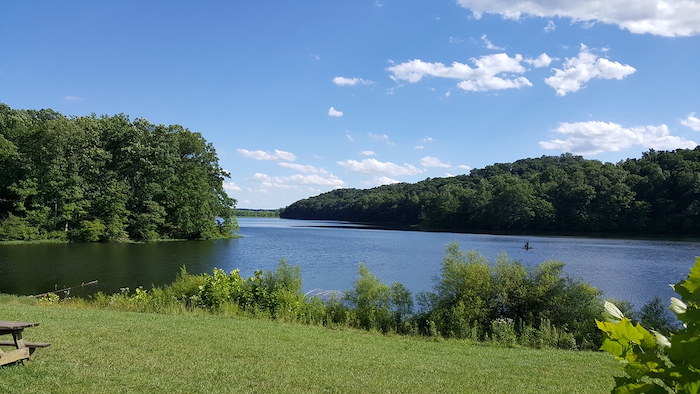
Tucked away in the heart of Indiana, Yellowwood State Forest is a haven for nature lovers and rockhounding enthusiasts alike. The forest’s diverse ecosystems, including wooded areas and creek beds, offer a rich variety of rocks and minerals waiting to be uncovered.
The rocky terrain of Yellowwood State Forest is known for its quartz, calcite deposits, and occasional geodes.
5. Greenhorn Creek
Greenhorn Creek, winding through the central part of Indiana, is a promising destination for rockhounding enthusiasts seeking a mix of scenic beauty and geological marvels. The creek’s gravel bars and exposed rock formations are home to a variety of interesting rocks and minerals.
Agate enthusiasts frequent Greenhorn Creek, hoping to find specimens with unique banding patterns. You can also find gold in placer sands across the creek.
6. Lick Creek
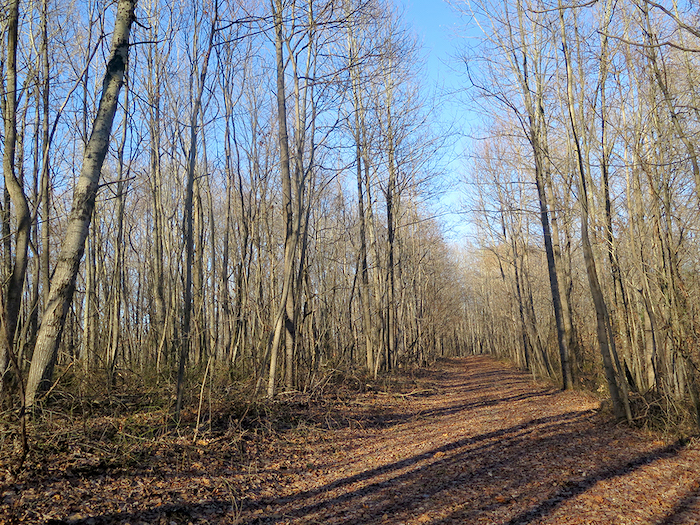
Southern Indiana’s Lick Creek is a lesser-known but rewarding spot for rockhounding. The creek’s rocky bed and surrounding areas are rich in diamonds, quartz, calcite, and fossilized marine life.
Rockhounds exploring Lick Creek often come across interesting geological formations and unique specimens. Quartz crystals of various sizes can be found in the gravel beds, and calcite deposits add to the geological diversity of the area.
7. Beanblossom Creek
Beanblossom Creek, located in south-central Indiana, is a captivating destination for rockhounding, offering a mix of unique geological formations and the potential for discovering colorful geodes, agates, and fossils.
The creek’s gravel bars and exposed rocks provide ample opportunities for exploration. Rockhounds exploring Beanblossom Creek often find agates with distinct banding patterns, adding a touch of beauty to their collections.
Other Gem Mining Spots in Indiana
In addition to the popular gem mining spots mentioned above, there are some other excellent sites in Indiana that you can check out. Here’s a list:
Northern Indiana Rockhounding Sites
- Fort Wayne (farms and fields) – Agate, Jasper
- Logansport – Calcite, Quartz, and Pyrite
- Bluffton – Dolomite, Pyrite, Marcasite
- Huntington – Calcite, Pyrite, Quartz, Sphalerite
Central Indiana Rockhounding Sites
- Elizabethtown – Calcite, Fluorite
- Brown County – Diamond, Topaz, Quartz
- New Point – Dolomite
- Indianapolis (river beds, creeks) – Moonstone
- Williams Creek – Quartz, Amethyst
- Bloomington – Fluorite, Calcite, Barite
- Morgan County – Diamond, Quartz, Topaz
- Norristown – Calcite, Fluorite
- Big Pine Creek – Sphalerite, Barite, Fossilized Wood, and Pyrite
Southern Indiana Rockhounding Sites
- Bicknell – Pyrite, Marcasite
- Bedford – Geodes
- Lawrence County – Geodes
- Salt Creek Gravels – Geodes
- Coal Hollow – Siderite
Where to Find Amethyst in Indiana
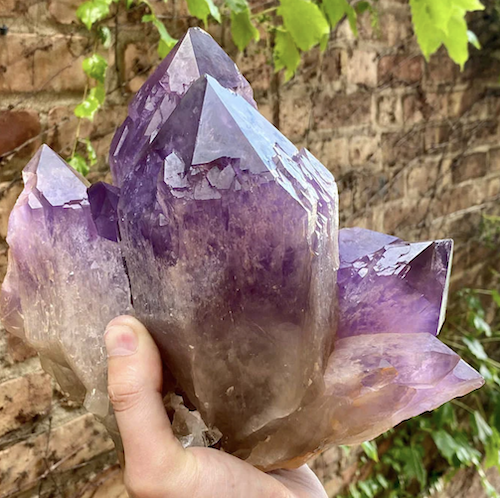
Amethyst is an alluring stone with purple hues. It can be easily found in Indiana, but the best place to look for Amethyst in Indiana is Williams Creek. Try searching for the gemstone in the gravel bed, and banks of the creek.
Important Tools to Have for Rockhounding in Indiana
Rockhounding in Indiana requires a set of professional tools and equipment. Here are a few things to keep in mind.
- Shovels and Trowels: For digging into softer soil, you need a sturdy shovel or a trowel. It also helps clear away the debris on the surface.
- Picks and hammers: To split rocks, and extract gems, you need a pick with one pointed end, and the other flat that serves as a hammer.
- Buckets: As you uncover gems, you need buckets to place them. Make sure you have durable buckets for the job to make sure your gems remain undamaged.
- Magnifying glass: For a closer inspection of your specimen, you need a magnifying glass to reveal details that are not visible to the naked eye.
- Zip-lock bags: As you collect gems, you need clear plastic containers or bags to store them. It also allows you to see the gems without having to open the bag.
- First aid kit: Mining is a risky venture, so make sure to keep a first aid kit with you at all times so you can address accidents or injuries promptly.
Is Rockhounding Legal in Indiana?
Rockhounding is considered legal in Indiana, as long as you are adhering to local state laws. The laws applied to each location are different, so rockhounders should have all the information they need before heading out for gem hunting.
Make sure to understand public and private land resources before rockhounding. Gem collection is considered legal in most public areas, but for private lands, you need permission from the landowner. You can check out the status of the land resources on the Indiana Department of Natural Resources website.
By following these laws and regulations, you can enjoy your rockhounding adventure in Indiana while preserving the natural environment.
Conclusion
Indiana’s rockhounding opportunities are as diverse as its landscapes. From the wooded hills of Brown County State Park to the meandering waters of the Maumee River, each location offers a unique experience for enthusiasts seeking to uncover the geological treasures hidden beneath the surface.
The state is rich in various gemstones such as quartz, agate, sapphire, diamonds, topaz, and even gold. Whether you’re a seasoned rockhound or a beginner looking for a new hobby, exploring these best rockhounding spots in Indiana promises a journey filled with excitement.
